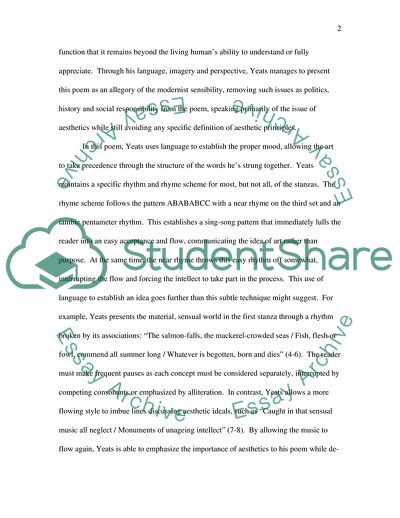Cite this document
(William Butler Yeats' Sailing to Byzantium Book Report/Review - 1, n.d.)
William Butler Yeats' Sailing to Byzantium Book Report/Review - 1. Retrieved from https://studentshare.org/literature/1705481-english-lit
William Butler Yeats' Sailing to Byzantium Book Report/Review - 1. Retrieved from https://studentshare.org/literature/1705481-english-lit
(William Butler Yeats' Sailing to Byzantium Book Report/Review - 1)
William Butler Yeats' Sailing to Byzantium Book Report/Review - 1. https://studentshare.org/literature/1705481-english-lit.
William Butler Yeats' Sailing to Byzantium Book Report/Review - 1. https://studentshare.org/literature/1705481-english-lit.
“William Butler Yeats' Sailing to Byzantium Book Report/Review - 1”, n.d. https://studentshare.org/literature/1705481-english-lit.


